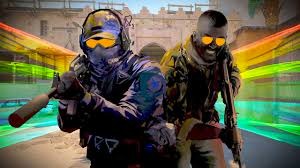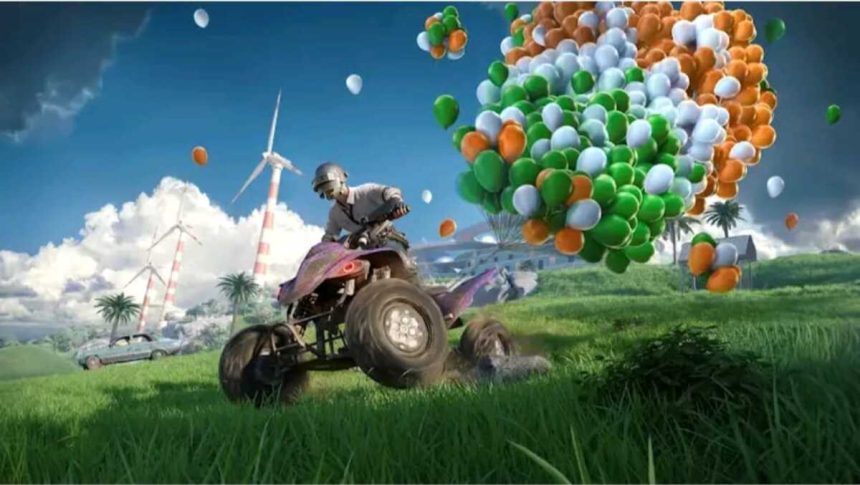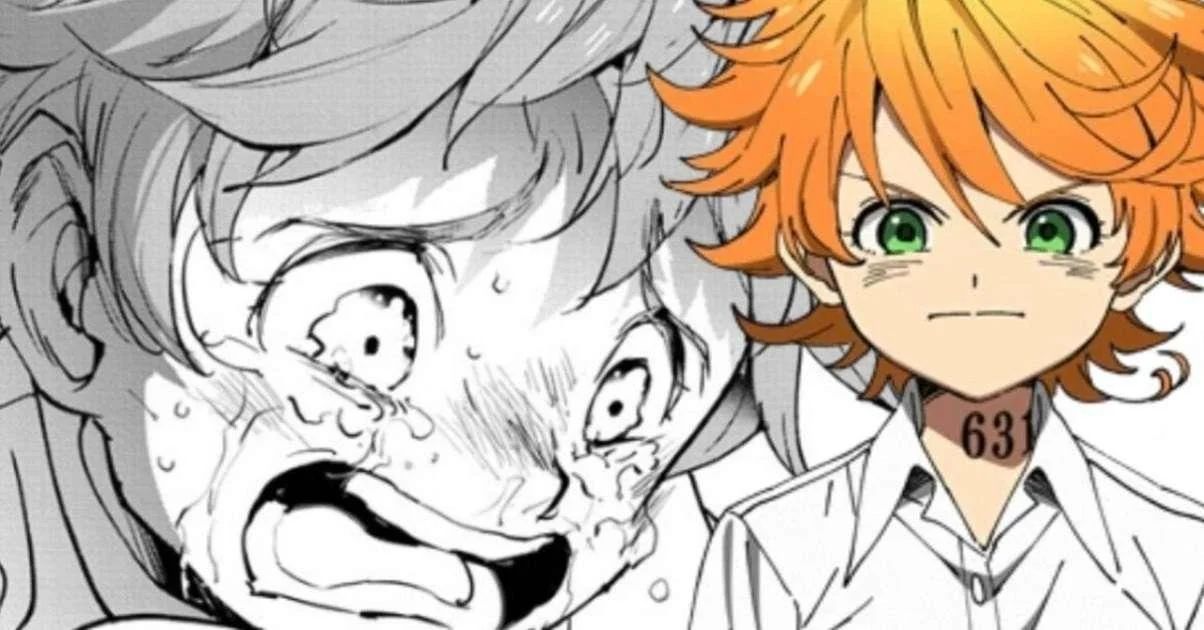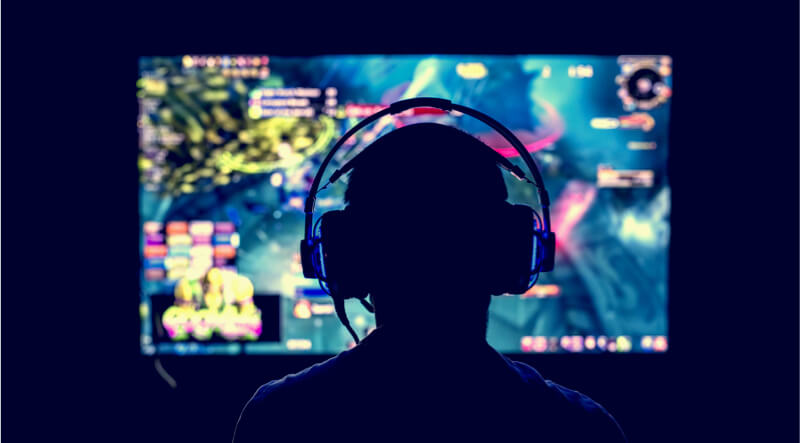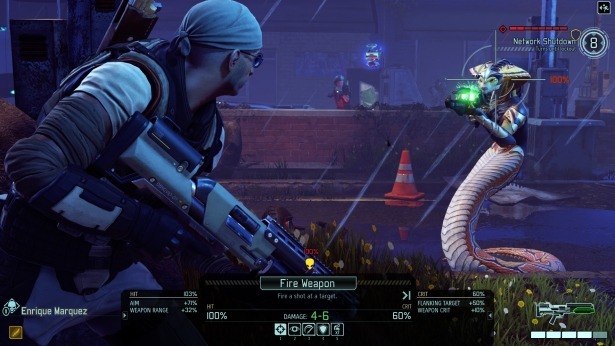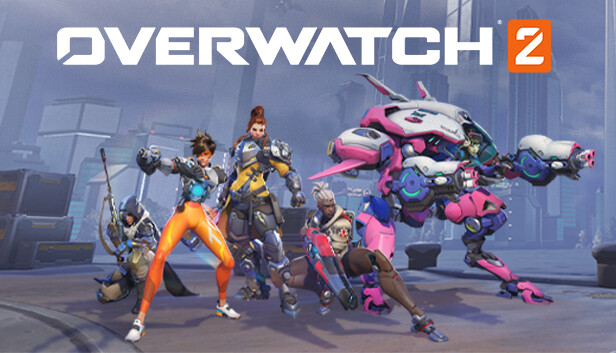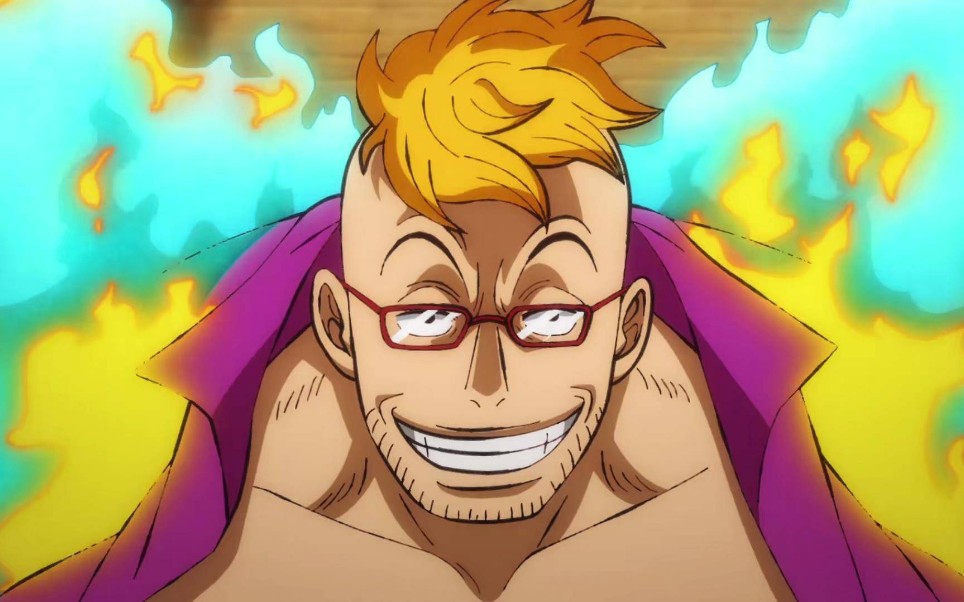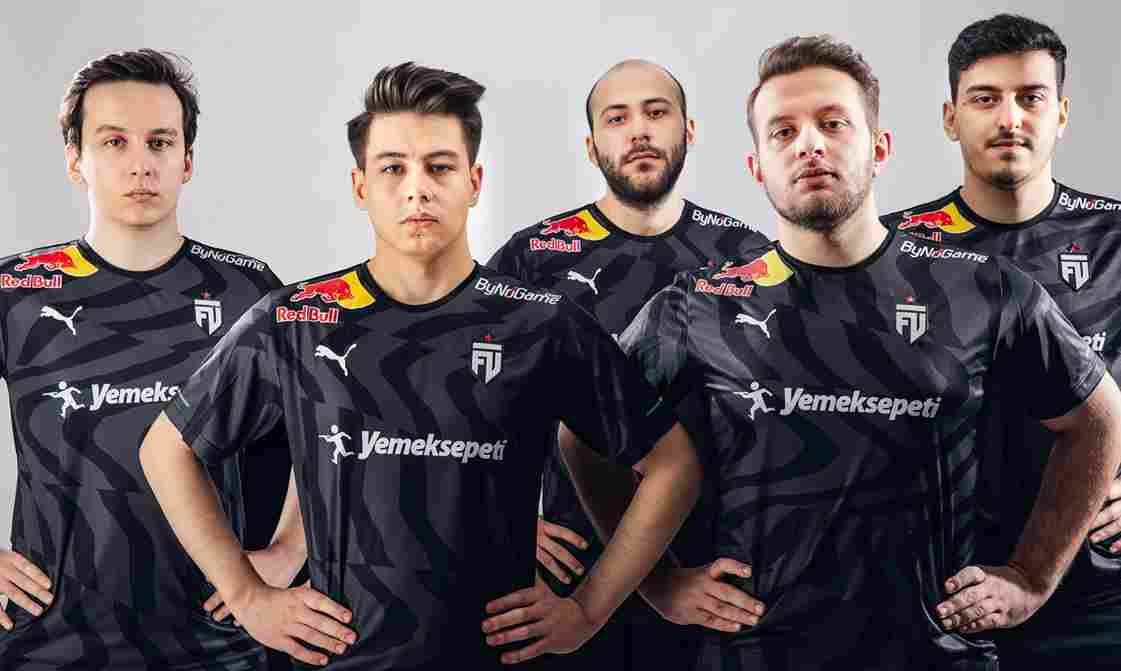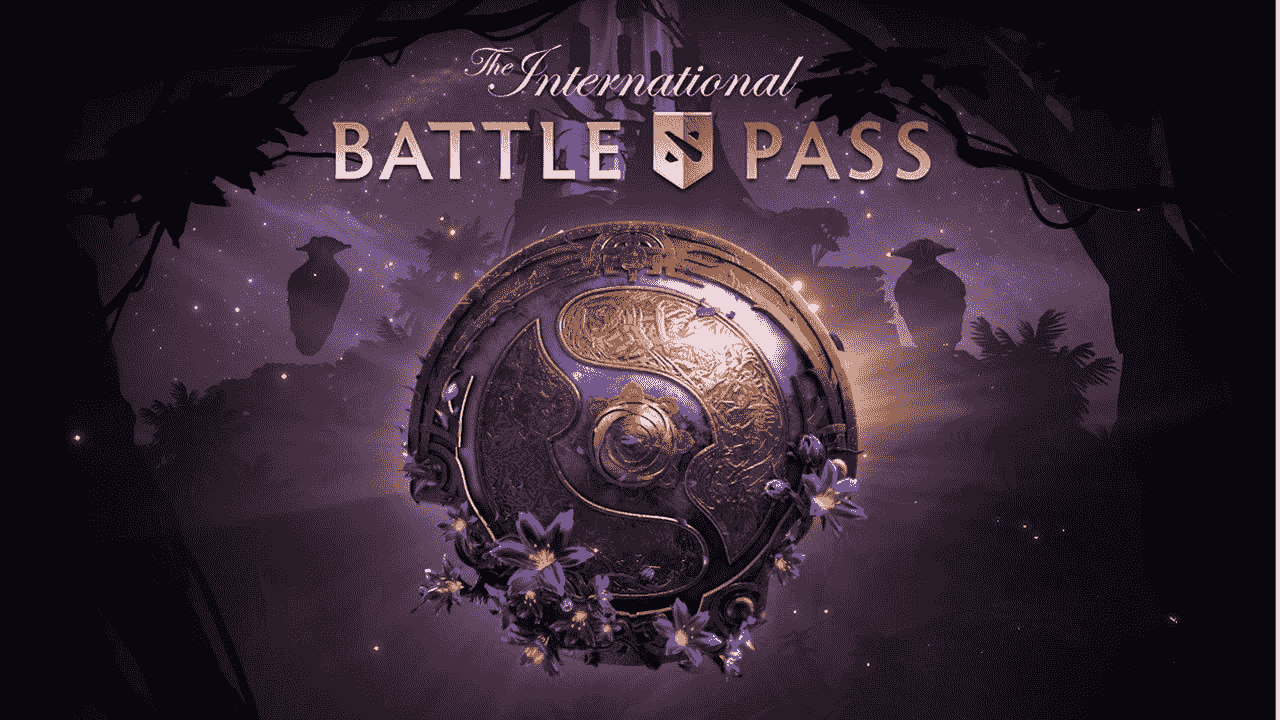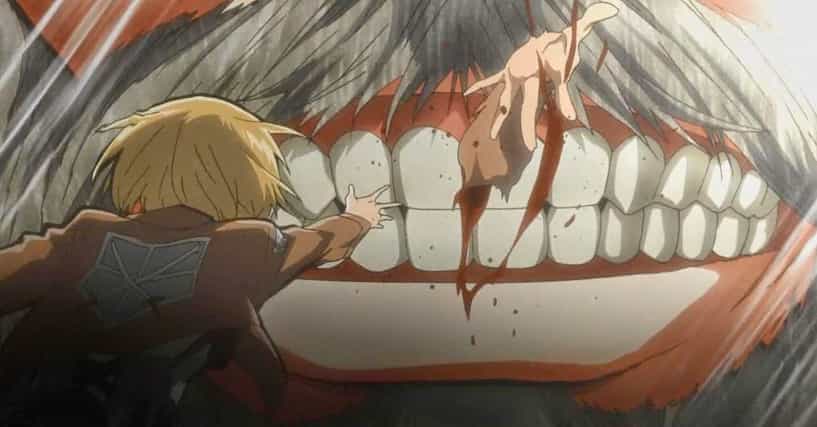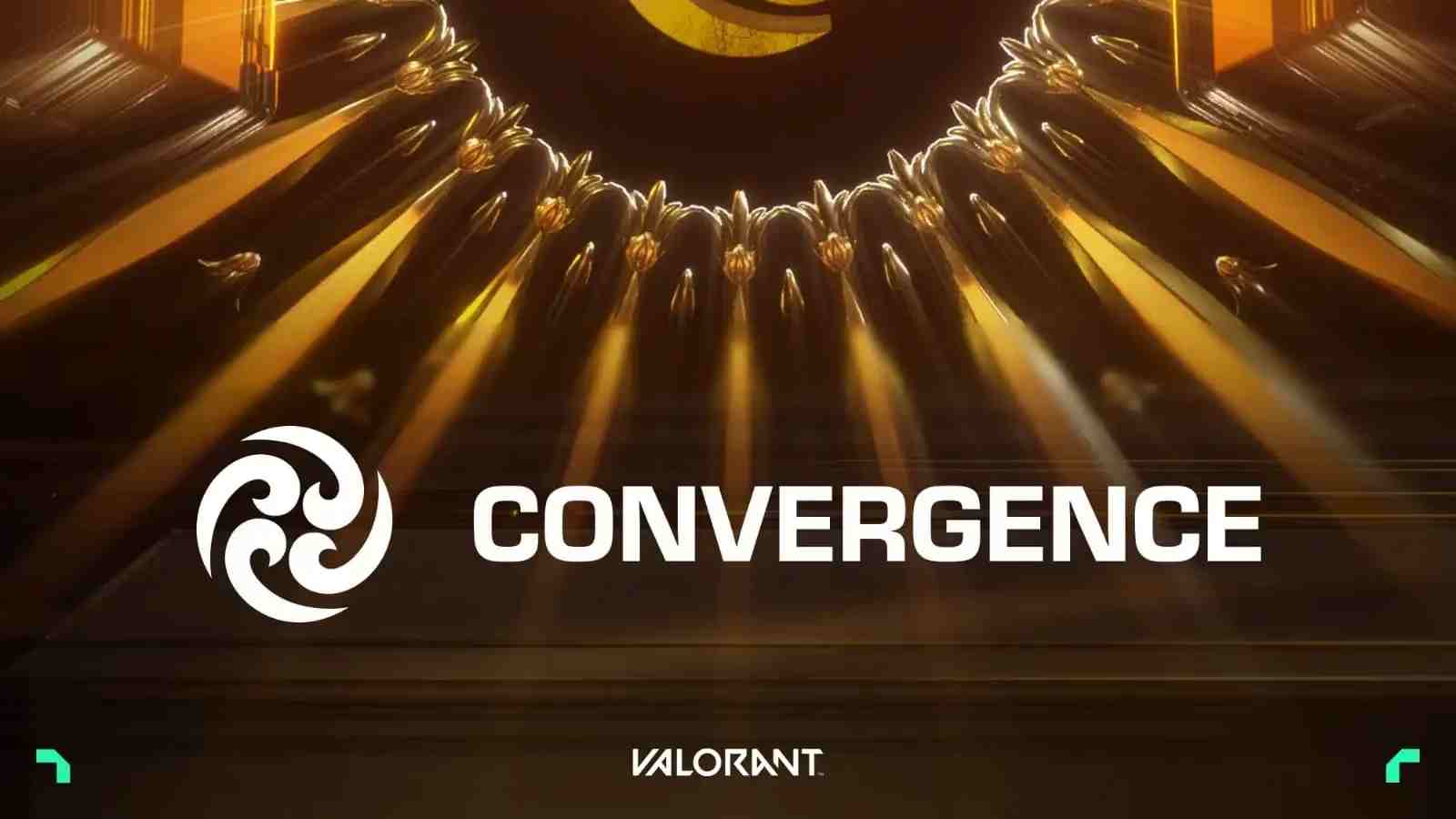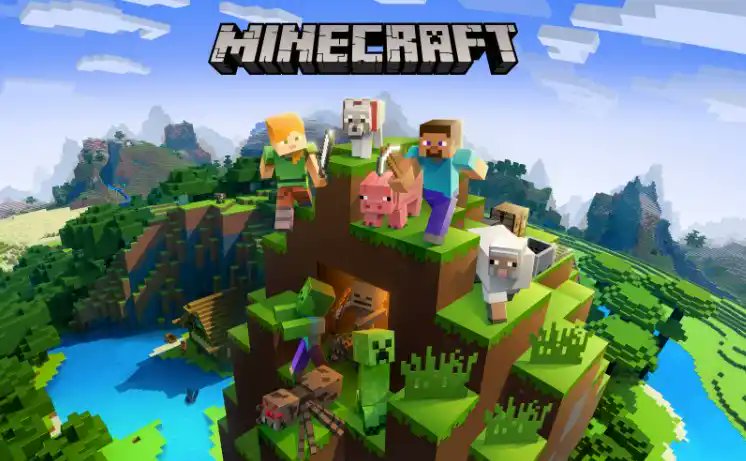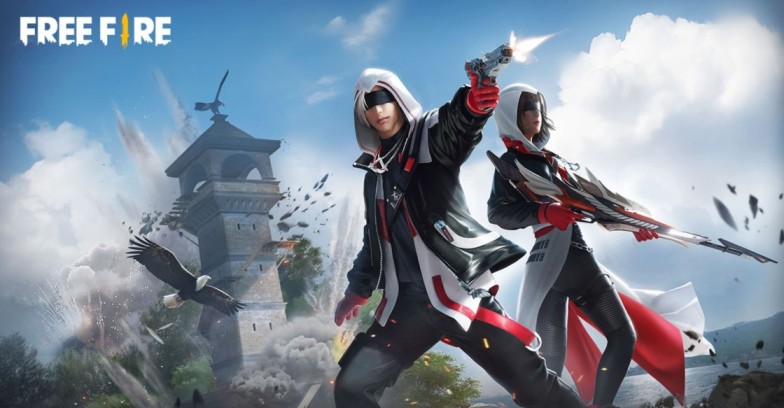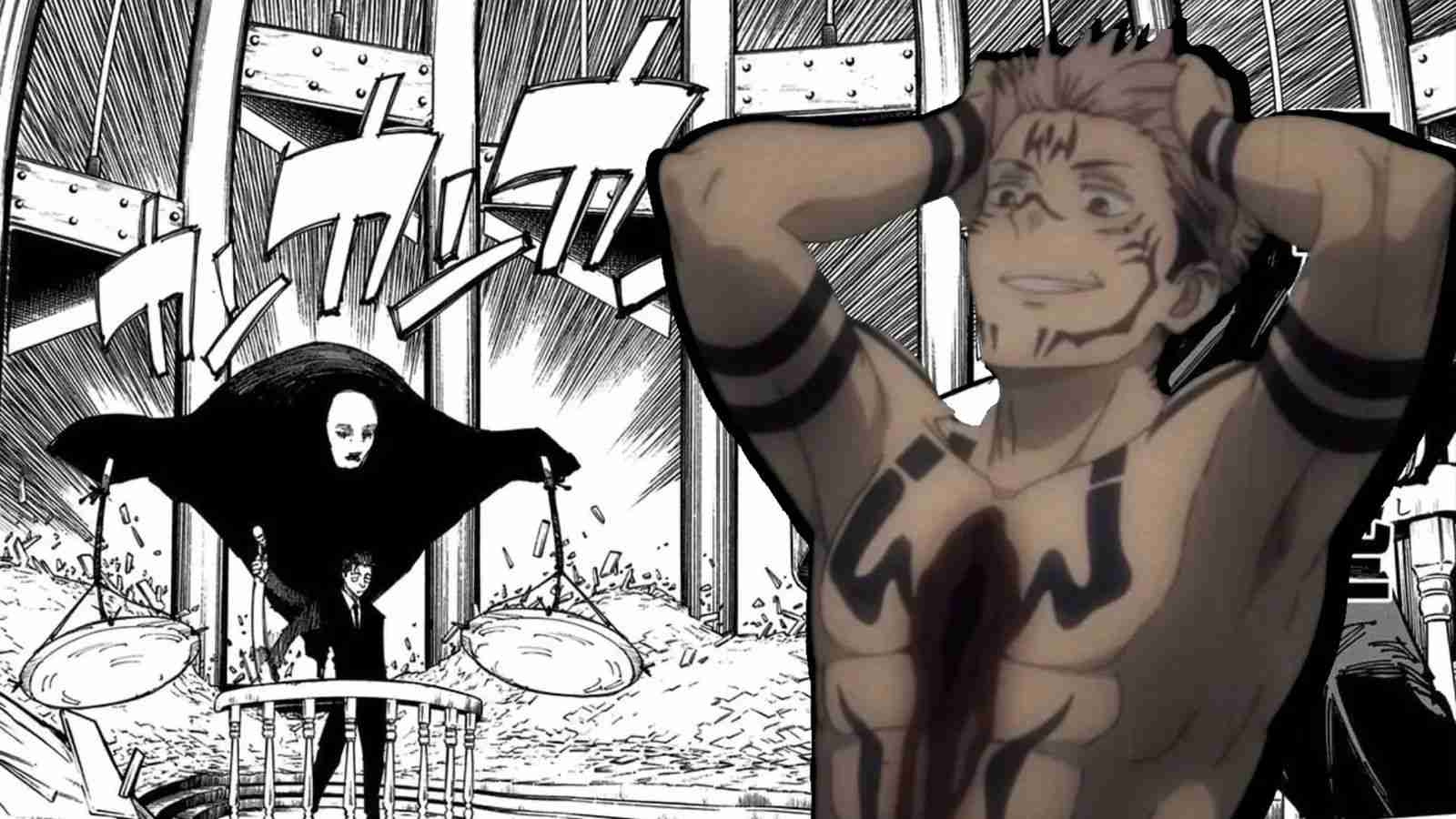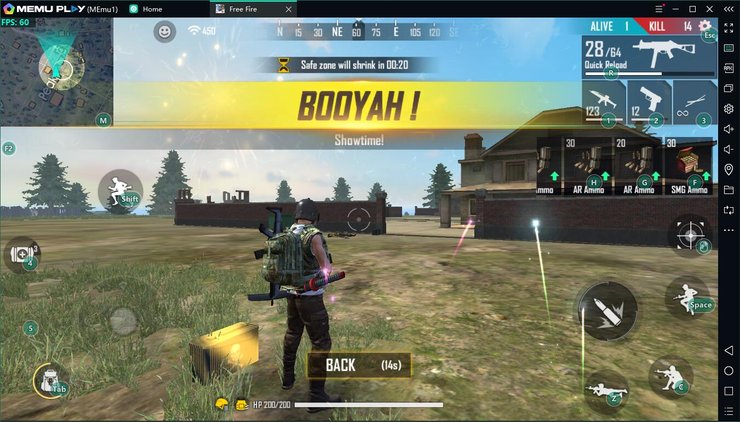Understanding Aspect Ratios In Counter-Strike 2: How Does It Work?
Players in Counter-Strike 2 choose to go above and beyond in order to obtain any kind of advantage over their rivals in this fiercely competitive game. While honing your unique skill set should undoubtedly be your top priority as a CS:GO player, there are some in-game options you may change to give yourself an advantage over your rivals in combat.
In an effort to get the best performance possible or other competitive advantages, Counter-Strike players have experimented with the game’s settings over time. The merits and downsides of the majority of display options are generally acknowledged by all, but one setting, in particular, has caused division in the CS2 community ever since the game’s release: the aspect ratio.
While there are many different aspect ratios available in CS2, the two most frequently utilized in the competitive scene are 16:9 and 4:3. Other aspect ratios include 16:10, 5:4, and more. Even though both 16:9 and 4:3 aspect ratios have advantages and disadvantages of their own, discussions concerning which aspect ratio is superior in the Counter-Strike community still run strong.
CS2: 16:9 or 4:3 Aspect Ratio Guide available.
We should examine the benefits and drawbacks of the two aspect ratios discussed above in order to decide which resolution is best for playing Call of Duty: Second Son of Heaven.
Aspect Ratio – 16:9
Perhaps the most popular aspect ratio in CS2 is 16:9. Out of all the aspect ratios in the game, it seems the best and is automatically adjusted by default when a player launches the game for the first time.
Of the benefits of employing the 16:9 aspect ratio, the most notable is the wider point of view it offers in comparison to 4:3 (or any other aspect ratio utilized in the game). You read correctly: selecting any resolution that falls under the 16:9 aspect ratio (1920×1080, 1280×720, etc.) will widen your point of view and allow you to see a portion of the screen that is normally hidden when using other aspect ratios.
Let’s say, for example, that you are playing at 1920×1080 (16:9) and that an enemy is visible in the left corner of the screen. The adversary you see on screen will no longer be visible if you change the resolution to 1024×768 (4:3), as this will result in a reduced point of view for the latter.
When defending the 16:9 aspect ratio, this is the main point made, and if you haven’t done so already, this is the main reason you should think about switching. Wins and losses in gunfights and even rounds can frequently be decided by the quantity of additional information obtained from a wider field of view.
Aspect Ratio – 4:3
In CS2, 4:3 is also a very frequent aspect ratio that was made popular by veteran Counter-Strike players for reasons we’ll discuss later.
To reiterate the clear drawback of utilizing a 4:3 resolution, it will result in a reduced field of view. On the other hand, other qualities of this resolution more than make up for it.
There are several reasons to choose a 4:3 aspect ratio over a 16:9 one. Let’s examine a few of them:
More FPS
This may be the most frequent cause of 16:9 to 4:3 conversions. When playing on less powerful PCs, the latter option is practically a must as it offers a notable increase in client FPS (frames per second). Even though there may not be much of a difference in frames per second on higher-end PCs, many players still choose to play at a 4:3 resolution in addition to other reasons. The game runs more smoothly and players can hit their adversaries more easily thanks to the higher frame rate.
Wider, easier-to-hit enemies
When players switch to a 4:3 stretched resolution, they immediately discover that it feels simpler to hit opponents in the head with shots. Players frequently feel that adversaries are much simpler to hit because everything on your screen is wider in 4:3 extended resolution than it is in 16:9. That being said, it’s also crucial to remember that this could cause the opponents to move across your screen more quickly. As such, you could find it challenging to fine-tune your tracking and crosshair placement if you do want to move to a 4:3 stretched resolution.
Fewer Distractions
This is a legitimate justification that many gamers use in support of a 4:3 aspect ratio. A 4:3 resolution, as previously discussed, removes the screen’s edges and gives you a reduced field of vision. Many players, however, view this as a benefit rather than a drawback because it makes it easier to concentrate on the middle of the screen, which is where most gunfights take place, and to block out any extraneous distractions to the sides.
Old habits die hard
In the past, a large number of players in the competitive CS2 scene have competed professionally in CS 1.6. At the time, many gamers were using CRT monitors, which by default had a 4:3 resolution. For this reason, instead of having to go through the trouble of learning a new aspect ratio from the start while moving from CS 1.6, the pros kept using the 4:3 resolution.
It is generally advisable for players not to lower the resolution too much in Counter-Strike 2 before attempting to do so, since you will start to notice a noticeable decrease in the game’s visual quality. If your frame rate is really poor in the game and you wish to downscale to 800×600 or less as a last resort, that is the only situation in which you should think about using a resolution smaller than 1024×768.
Ultimately, one’s personal taste ultimately determines the aspect ratios to use in CS2. Having reviewed the advantages and disadvantages of every aspect ratio in the game, you can now use Photoshop CS2 to experiment with the different aspect ratios and resolutions.
